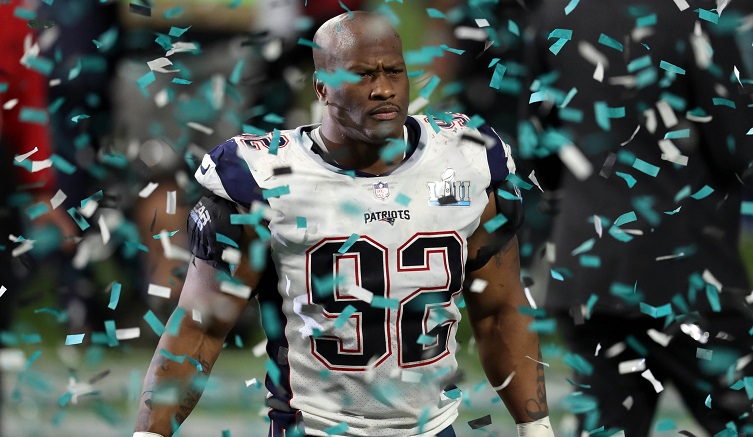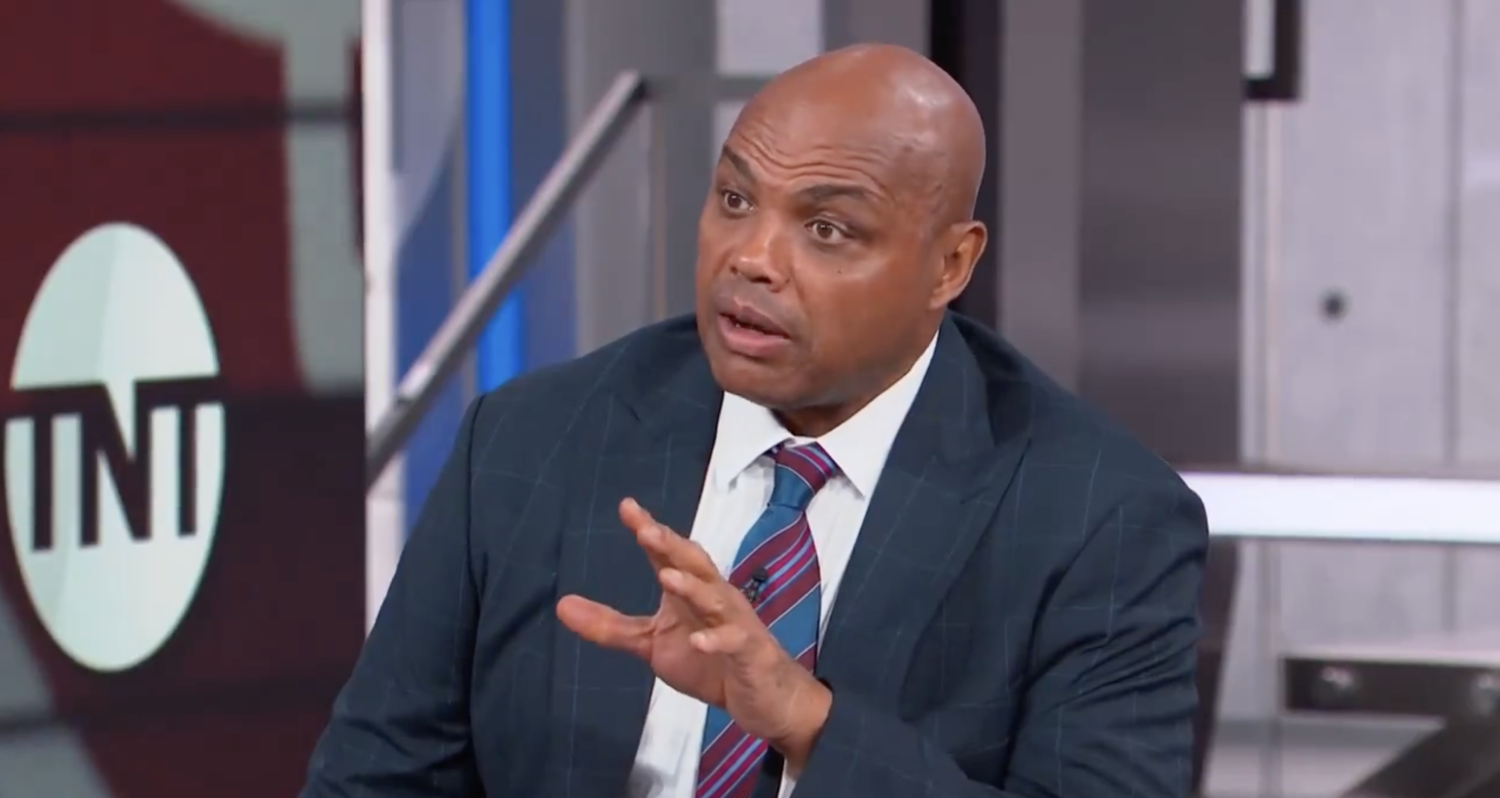In the midst of the NFL’s stratospheric rise to the top of American sport and society, the question of whether or not the Super Bowl would fall back below the 100 million viewer plateau would have been unthinkable. Just three years ago, the big game reached its peak audience with an astronomical 114 million people watching. Even last year, the game was still over 110 million viewers.
But right now, coming back down into the eight-figure range doesn’t just look like a possibility. It looks to be all but a certainty in the near future.
In only two years, the Super Bowl has lost 10% of its audience. With this year’s Patriots-Eagles game reaching a final tally of 103 million viewers, it marked the lowest Super Bowl viewership since all the way back in 2009 for Super Bowl XLIII. (For what it’s worth, that’s exactly what we predicted would happen on Friday when the final numbers would be released.) That game was the last championship contest to draw south of 100 million viewers for the NFL.
NBC tried to spin the numbers by not comparing viewership to last year’s game or even the last time the game was on the network. It compared Super Bowl LII to the last Patriots-Eagles Super Bowl played all the way back in 2005.
The league saw ratings drop for this year’s Super Bowl in spite of what turned out to be an instant classic.
The NFL got extremely lucky on Sunday night as the Patriots and Eagles contested one of the greatest games in Super Bowl history. The league has been lucky for the last decade plus as the Super Bowl has consistently churned out thriller after thriller after years of blowout games.
Since the turn of the millennium we’ve seen it all: goal line tackles (Rams-Titans), last-second field goals (Patriots-Rams and Patriots-Panthers), pick-sixes (Saints-Colts), helmet catches (Giants-Patriots), dramatic touchdown drives (Steelers-Cardinals), goal line interceptions (Patriots-Seahawks), and historic comebacks (Patriots-Falcons). Those games have undoubtedly help boost ratings even higher for the Super Bowl.
Above them all, Eagles-Patriots can stake a legitimate claim to being the best of the bunch. At the very least, it should earn the title for the most entertaining Super Bowl of all-time. Mr. Cinderella himself, Nick Foles, went head-to-head with the greatest ever in Tom Brady trading touchdown for touchdown. The game didn’t just set a record for most yards in a Super Bowl game, but for any NFL game in history. And it wasn’t decided till Brady’s hail mary hit the ground in the end zone and the clock hit triple zeroes.
It was everything the NFL could have asked for and yet the game still suffered a significant drop of 8 million viewers.
The latest
If the game hadn’t been close, and viewership numbers would have peaked around halftime for Justin Timberlake, then we very well could have seen the NFL dip back below 100 million viewers this year. Luckily for the league, that didn’t happen this time. But right now, it just seems to be a matter of time before it does.
The numbers have shown that the Super Bowl wasn’t immune to the drop in ratings seen at pretty much every level of the NFL season. Regular season ratings were down. Wild Card ratings were down. Divisional Round ratings were down. Championship Sunday ratings were down. And the Super Bowl followed suit. Inexplicably, pretty much the only weekend that the NFL saw ratings go up compared to last year was the Pro Bowl. (Of course, that was largely due to being simulcasted on ABC and ESPN this year.)
The question that the NFL has to face heading into the 2018 season is what exactly can happen that will bring those lost viewers back and reverse this downward trend. Whether it’s concussions or politics or over-saturation and football fatigue, it’s hard to see the NFL suddenly winning back those viewers next year.
Similarly, it’s hard to see the Super Bowl reversing its own downward trend as well. It’ll still maintain its iconic cultural status and be the most watched television event of the year, but we may have seen its peak.
It’d only take a 3.4% decline in viewership next year for the NFL to go back below 100 million viewers. Barring an unlikely and perhaps even miraculous turnaround, a 59-52 triple overtime game, or an undefeated Cowboys team making it to the big game, that looks to be a mortal lock next year. That would bring the NFL back to Super Bowl viewership levels of the late 2000s. If it does happen, the question then becomes whether or not the decline stops there or if it continues on its current trajectory.






